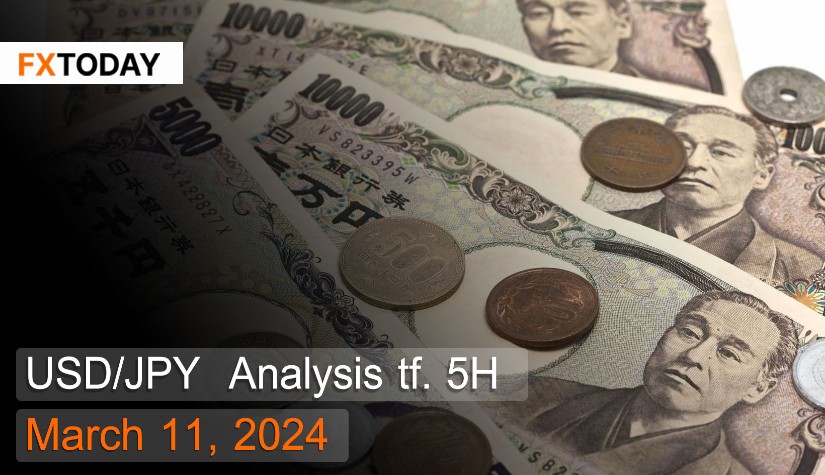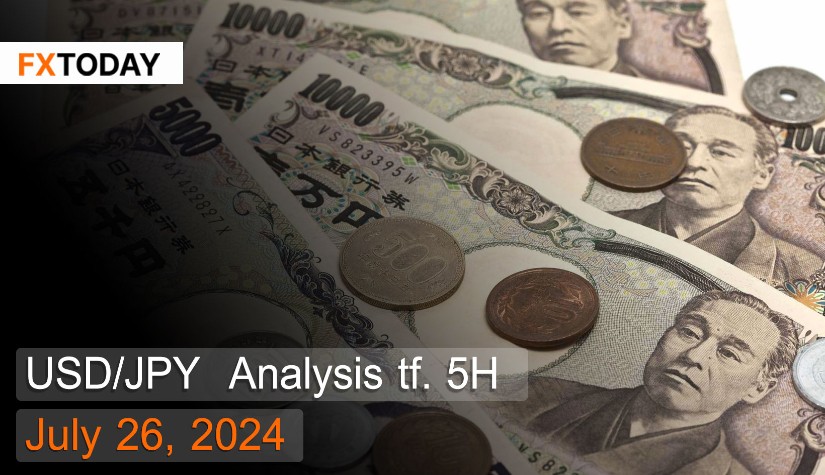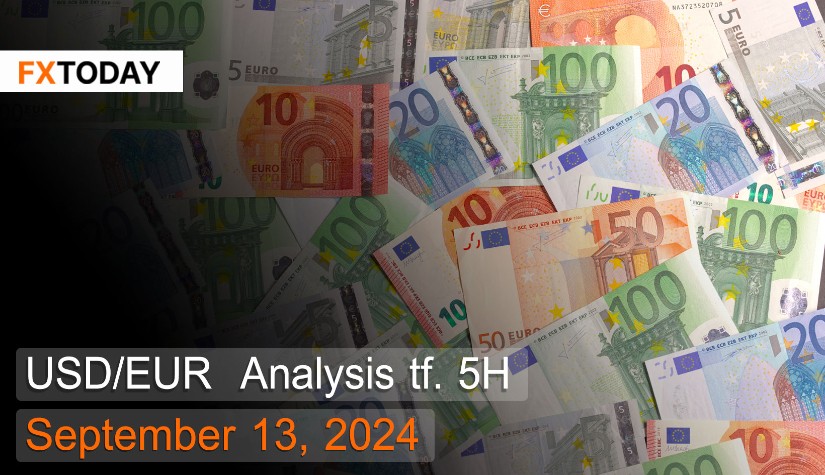Japan can avoid technical recession.
The Japanese yen has strengthened to around 146.8 yen per US dollar as data shows that Japan's economy has rebounded in the fourth quarter of 2023, seen as a way to avoid a technical recession. Investors expect the Bank of Japan to start raising interest rates in March.
Japan's GDP increased by 0.1% on a quarterly basis in the fourth quarter of 2023, supported by increased spending from companies to invest in capital. Additionally, it received a boost from growing exports by 2.6% compared to imports at 1.7%. However, private consumption, which accounts for about 60% of the economy, contracted for the third consecutive quarter due to increased cost pressures.
The Bank of Japan maintained its interest rate at -0.1%, while the BoJ lowered its inflation forecast for 2024 to 2.4% from the previous estimate of 2.8% in October, due to declining oil prices. It expects the underlying inflation rate to be 1.8% in 2025. Moreover, policymakers have raised their GDP growth forecast to 1.2% from 1.0% due to sustained recovery.
BoJ Governor Kazuo Ueda commented that there is a slight possibility of raising interest rates, but the BoJ still needs to maintain an accommodative monetary policy to support sustainable economic growth. Junko Nakagawa, a BoJ policymaker, recently stated that "BoJ still wants mild inflation and wage increases to support sustained economic growth."
Japan's manufacturing PMI stood at 47.2 in February, with the production and new orders contracting the most in a year. Meanwhile, foreign demand contracted the most in 11 months, leading to a significant decline in orders from abroad. Employment saw the fastest decline in two years. However, continuous decrease in raw material costs led to a slight increase in production costs. Business confidence remains positive due to efforts to revive the economy.
The yield on Japan's 10-year government bonds rose to around 0.75%, while the yield on 2-year government bonds increased to 0.2% as Japan's economy rebounded in the fourth quarter. Nevertheless, the economy remains vulnerable due to ongoing inflation issues and underperforming manufacturing industries, as indicated by the PMI, particularly in the automotive sector.
Techical analysis data (5H)
Resistance: 146.99, 147.22, 147.35
Source: Investing.com
Buy/Long 1: If the price touches support in the price range of 146.5 - 146.63 but cannot break the support at 146.63, you may set a TP at approximately 147.22 and SL at around 146.27 or according to your acceptable risk.
Buy/Long 2: If the price breaks the resistance in the price range of 146.99 - 147.22, you may set a TP at approximately 147.35 and SL at around 146.5 or according to your acceptable risk.
Sell/Short 1: If the price touches resistance in the price range of 146.99 - 147.22 but cannot break the resistance at 146.99, you may set a TP at approximately 146.5 and SL at around 147.35 or according to your acceptable risk.
Sell/Short 2: If the price breaks the support in the price range of 146.5 - 146.63, you may set a TP at approximately 146.27 and SL at around 147.22 or according to your acceptable risk.
Pivot point March 11, 2024 07:50 PM. GMT+7
|
Name
|
S3
|
S2
|
S1
|
Pivot Points
|
R1
|
R2
|
R3
|
| Classic | 146.27 | 146.5 | 146.63 | 146.86 | 146.99 | 147.22 | 147.35 |
| Fibonacci | 146.5 | 146.64 | 146.72 | 146.86 | 147 | 147.08 | 147.22 |
| Camarilla | 146.65 | 146.68 | 146.72 | 146.86 | 146.78 | 146.82 | 146.85 |
| Woodie's | 146.21 | 146.47 | 146.57 | 146.83 | 146.93 | 147.19 | 147.29 |
| DeMark's | - | - | 146.56 | 146.82 | 146.92 | - | - |
















